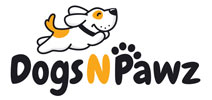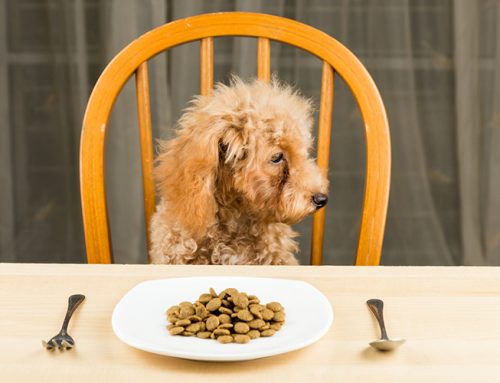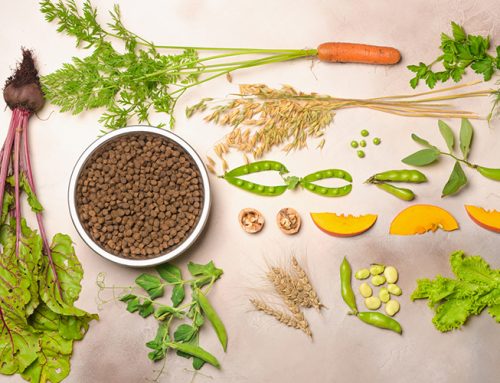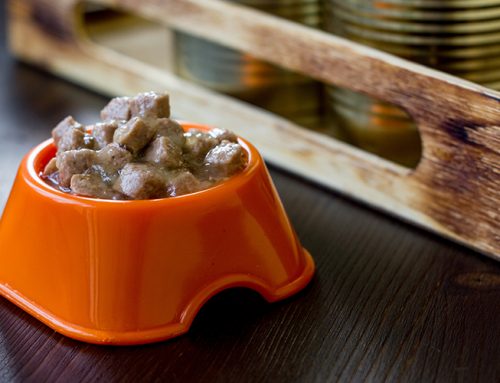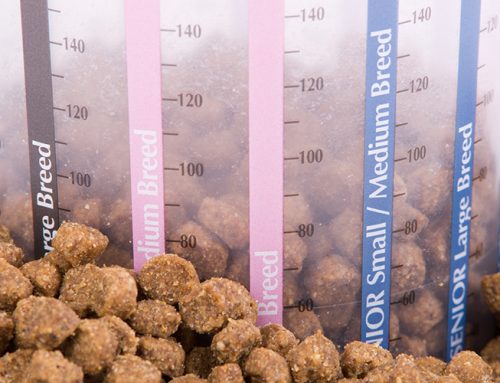Providing easy access to fresh, clean water is something that most dog owners get right – but should you worry about how much water you’re giving them? An optimal amount of hydration is actually an important part of your canine companion’s overall nutrition. While dogs tend to be fairly good at self-regulating their water intake throughout the day, this is not something you’d want to leave to chance. Here’s a quick read on how much water your dog should be drinking.
While there are a few variables to consider, most adult dogs need to drink about an ounce of water per pound of body weight daily. So if your dog is a small breed (say 10 pounds) they would need just over a cup of water per day. This is a good base for a healthy dog, but other than size, there are a few other things to consider:
Diet
Overall nutrition is a combination of food and water intake. Your dog should be consuming a healthy, balanced diet paired with fresh water. Pairing the two is important because water helps to move important nutrients in and out of your dog’s body – essentially aiding in the digestion of food and nutrient absorption. If your pup is on a dry food diet, they will naturally need a little more hydration than dogs eating canned food (canned food contains around 70% to 80% of water).
Ideally, you’ll want to read the label of your dog’s food carefully; look for whole, identifiable ingredients to ensure that your dog is receiving an optimal amount of the good stuff. Round off meal times with a good supplement if you feel it’s necessary. Make sure that you avoid serving your dog food that has high sodium content – this will make them excessively thirsty.
Age
The age of your dog will affect their hydration needs and drinking habits too. Puppies, for example, need extra hydration but careful monitoring while being housetrained. During growth spurts and intervals of play, puppies will need to drink more water than adult dogs. They usually do well with about half a cup of water every two hours.
Lactating mothers will also need to drink more water than usual to stimulate milk production – make sure you’re keeping a fresh bowl of water easily accessible to mamma!
Seniors usually get the hang of self-regulated hydration as they age; but if your dog is on medication, this may affect their water intake needs. It’s a good idea to monitor the thirst of any dog on medication and chat to your vet about sudden new drinking habits. Some types of medication increases thirst, so check with your vet if you need to increase your dog’s water intake depending on the type and dosage of their meds.
Activity
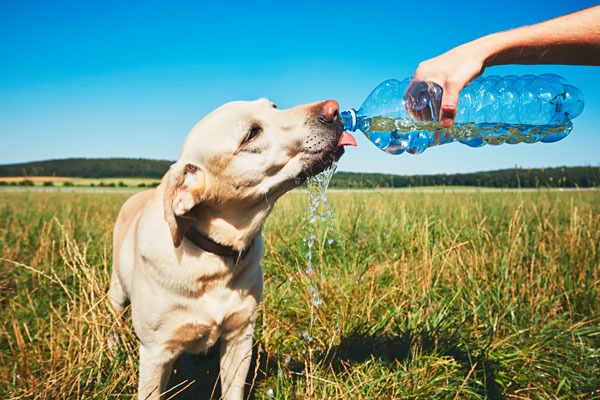
Your active little best friend needs all the support they can get! The right amount of water in the body will help to lubricate joints, and make their movement more comfortable. As dogs age, an optimal hydration level will help to cushion their spinal cord and other internal organs. The more active your pup, the more you need to pay attention to their water intake.
Much like us, dogs need to replace their bodily fluids after physical exertion, plus it helps them to cool down. Always make sure that you’ve got fresh, clean water available on the go. A cherry on top would be to find a few ice cubes. Licking on cubes is oh so fun and the gradual melting helps to moderate water intake to prevent bloating.
Weather
Warm weather usually means more panting, so don’t be afraid to top up your dog’s water bowl more regularly on hot days. Water intake is a vital component of your dog’s internal cooling system – having more water on hot days is essential to maintaining a normal body temperature.
Is Too Much Water Bad?
It’s rare for a dog to over hydrate, but it can happen. Some dogs suffer from polydipsia (an increased thirst for water) which may be related to an underlying medical condition, so check with your vet if you notice a newly developed sense of thirst.
Drinking too much water can lead to ‘water intoxication’ which can be very dangerous. An overhydrated dog may also suffer with bloating or electrolyte imbalances.
Is Too Little Water Bad?
Dehydration is a far more common cause for concern. In severe cases, it can lead to various illnesses like; kidney stones or organ failure that can result in death.
Look out for these warning signs of canine dehydration:
Nausea and vomiting
A tight or dry coat
Unusually low energy and fatigue
A dry mouth (examine the gums and tongue)
Thick strings of drool
Call your vet immediately if you suspect that your dog might be severely dehydrated. It’s better to be cautious than to risk the life of your fur child.
Tips on Getting Water Intake Right
The best way to ensure that your dog is getting properly hydrated is to get into some sort of water bowl routine that works for both of you. Ideally, you should start the day by laying out a fresh bowl of water for your pup (along with drinking your very own glass of water!)
Ensure that the water bowl is changed at least twice per day.
Water bowl hygiene is also crucial to keeping your dog safe and healthy. Your dog’s bowl should be cleaned daily. There are worlds of germs in and around your dog’s mouth, so make sure that their water bowl is large and full enough to prevent a dangerous germ party from getting started in there.
Then, it’s bottoms up pup!
